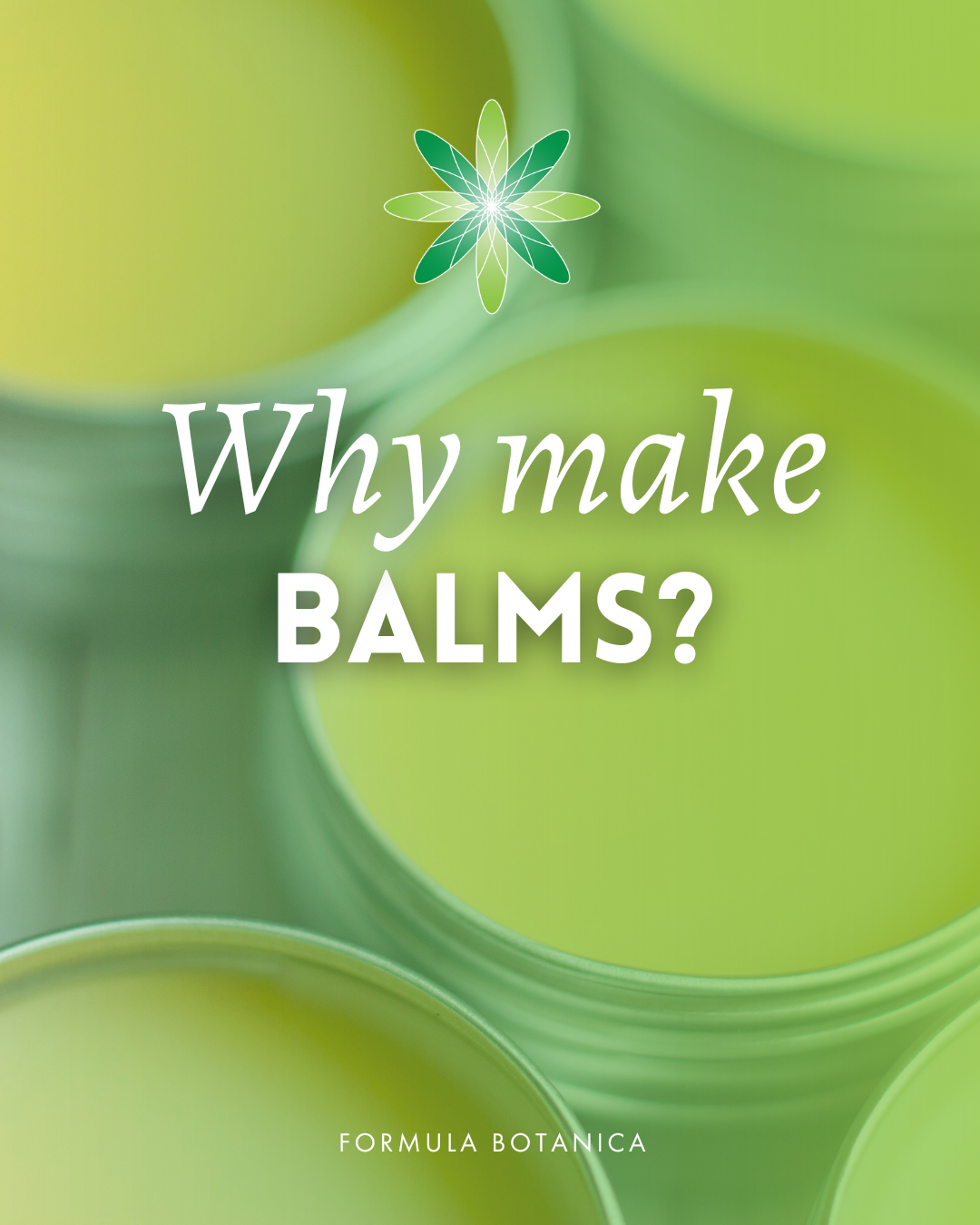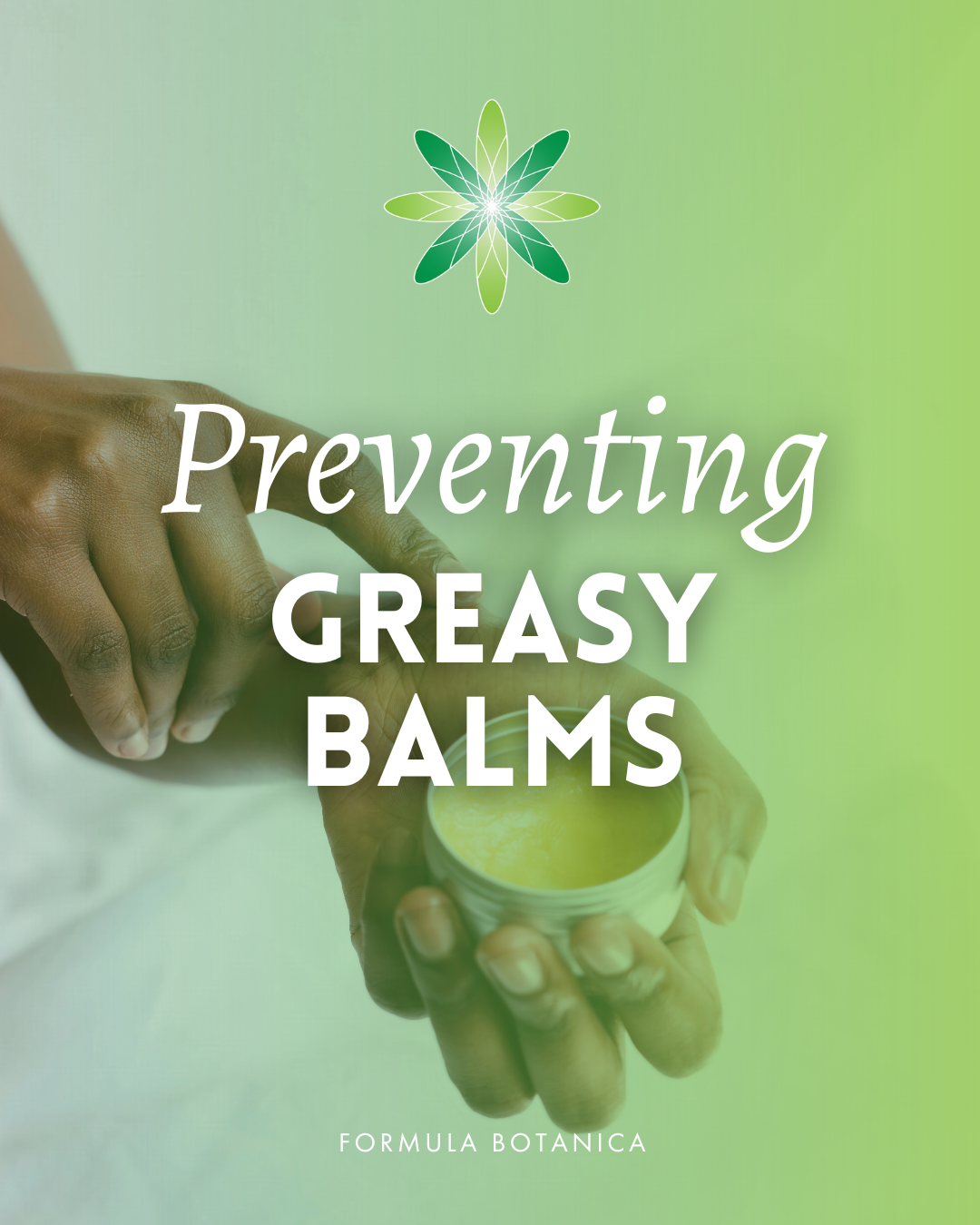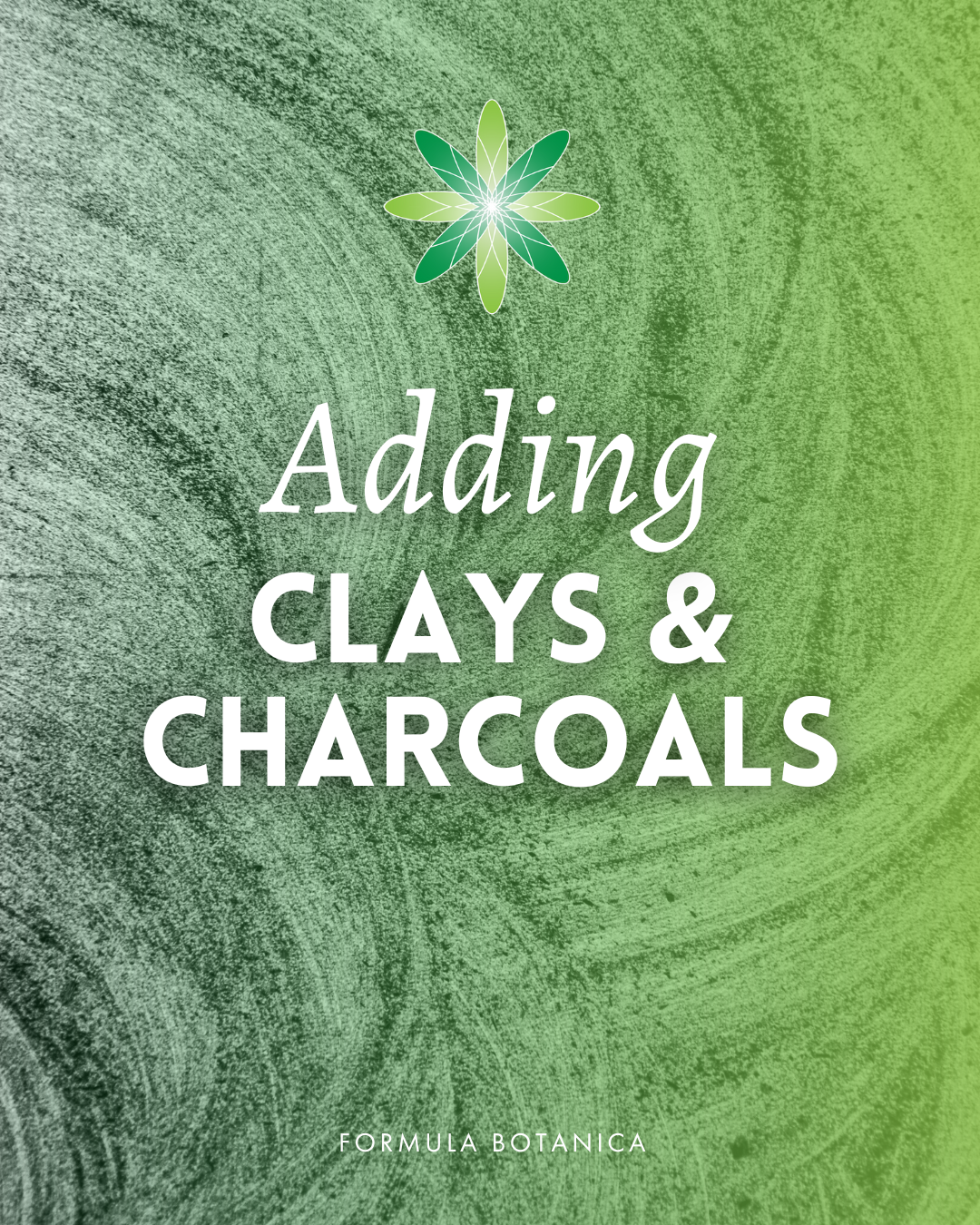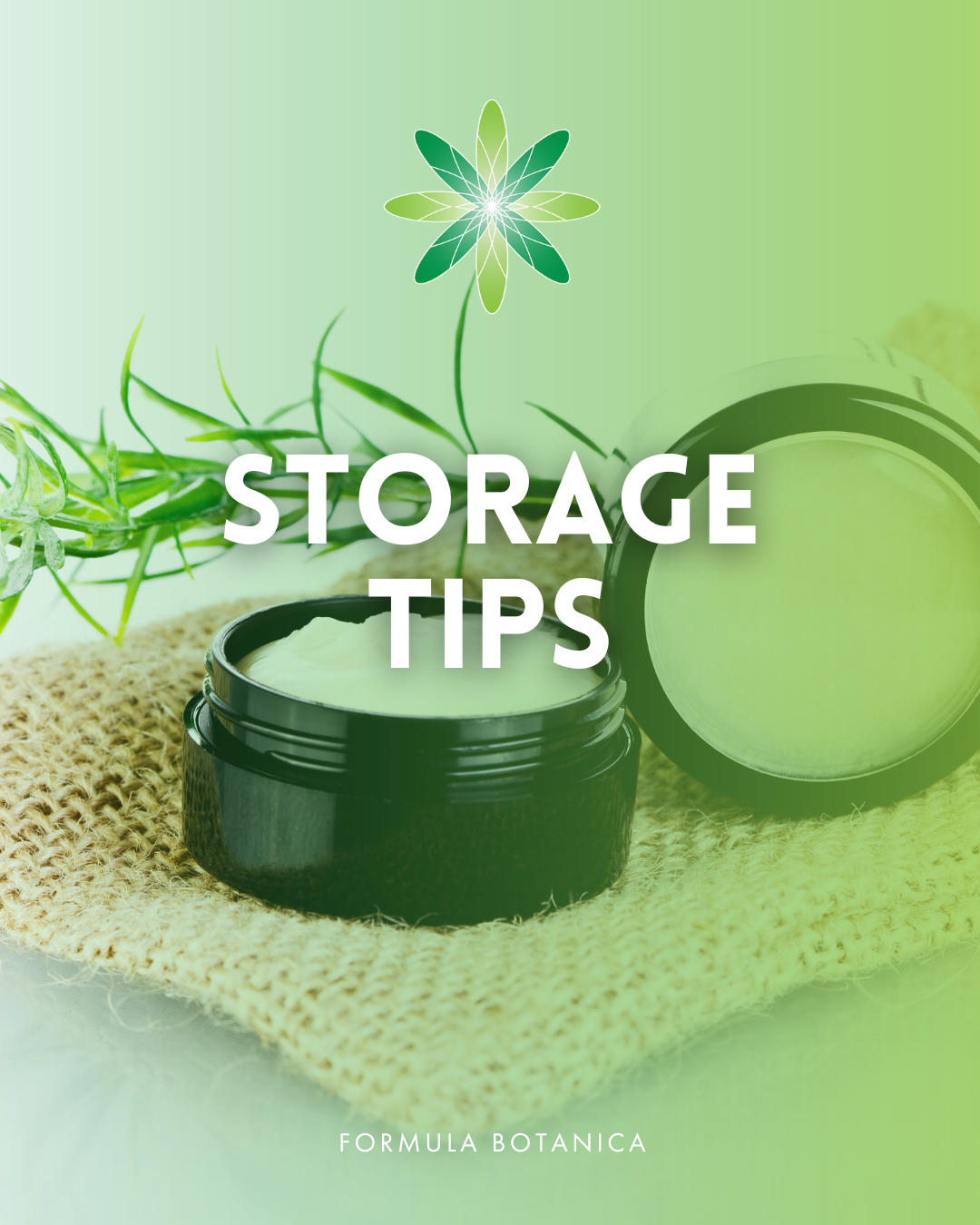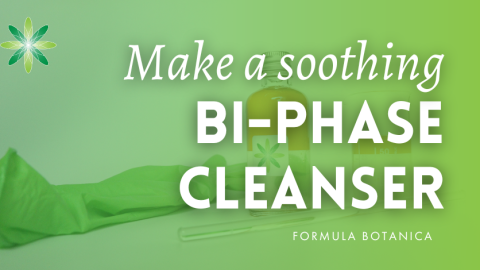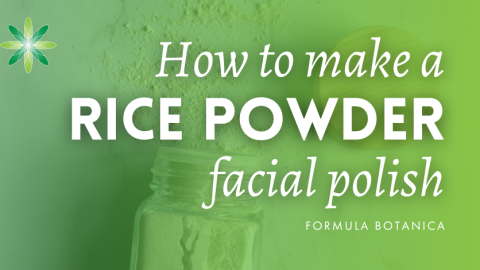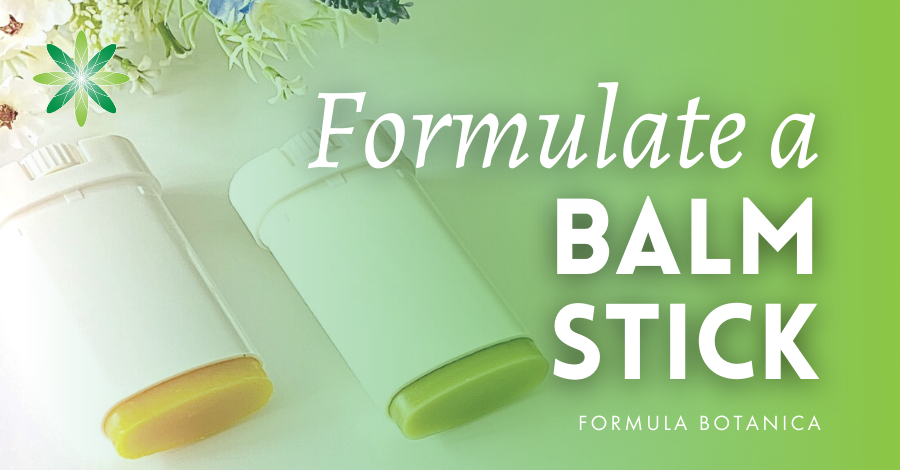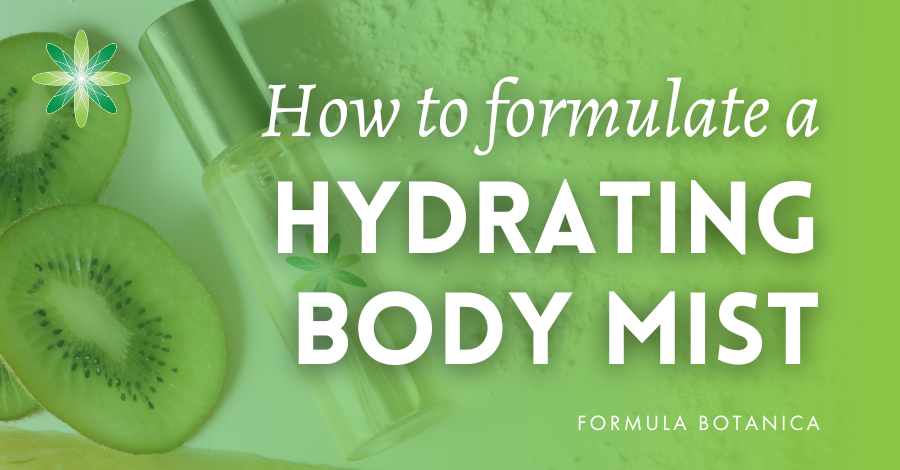Updated: 09.12.25
Cleansing balms are one of my favourite formulations to make. They’re quick, affordable, and endlessly versatile – and they’re also perfect for cold, winter days.
What I love most about balms is that, beyond their luxurious skin feel, they’re a fantastic way to experiment with anhydrous (oil-based) systems. You get to see, in real time, how each ingredient alters the texture, stability, and overall feel of your formulation. Every batch is like a mini masterclass, helping you refine your skills and grow as a formulator!
In this post, I’ll walk you through the key points to keep in mind when creating a natural cleansing balm, and show you how clays and charcoal can take your cleansing balm to the next level. Let’s get started!
Why make cleansing balms
Natural cleansing balms are super easy and affordable to make, and they let you experiment with all kinds of exciting botanical ingredients like butters, waxes, clays and oils.
They’re also a real treat for your skin, especially during the colder winter months when it’s freezing outside, and you have central heating drying up your skin, making it feel essentially like cardboard!
Balms melt effortlessly into the skin, dissolve away makeup and dirt, and leave the skin barrier feeling cared for instead of stripped. You can learn more about the skin barrier in the post below:
Skin barrier 101: Essential guide for natural cosmetic formulators
How to avoid a greasy balm
Since a cleansing balm is an anhydrous product (meaning it’s oil-based), it can be challenging to achieve a nice and non-greasy skin feel. The good news is that small tweaks can completely change the user experience!
Here are my go-to strategies to achieve a non-sticky, non-greasy balm:
- Balance your butters with dry oils like macadamia or passion fruit seed oil.
- Add a touch of lecithin. You might be familiar with lecithin as an emulsifier, but in a cleansing balm, it’s great to improve the skin feel. And don’t worry, it won’t emulsify.
- Experiment with clays. They reduce greasiness, add creaminess, and provide gentle exfoliation.
- Add a powdered surfactant to avoid greasiness. You can find out more about surfactants in this comprehensive post.
Getting the texture right is where formulation becomes really fun. You’ll learn so much from simply adjusting percentages and swapping ingredients, so make sure you keep experimenting and remember to write everything down!
Adding clays or charcoal to your balms
Next time you’re making a balm, consider adding clays or charcoal. Why?
Firstly, they improve the skin feel, giving your balm a creamier, more luxurious texture. Secondly, they help cleanse the skin, lifting away excess dirt, sebum, and even makeup. Thirdly, when you massage the balm in, the clays or charcoal act as a gentle exfoliator.
Because an anhydrous balm is waterless, clays won’t have much of their usual absorbent or absorbent properties. That said, it does depend on the environment and how you apply it. For example, if you put the balm on your face (in a dry environment) and leave it on while relaxing in the bath, it can act like a mask, absorbing impurities too!
Important note: Clays are notoriously difficult to preserve in water-based formulas. So the best way to avoid contamination and unwanted microbes is to use clays in waterless formulations, like in cleansing balms! Just make sure that you or anyone using it doesn’t introduce water to it. Otherwise, it will need preserving.
Storage & packaging tips
Because cleansing balms are anhydrous, they’re easier to keep safe from microbial contamination – but only if you keep water out.
Ideally, you should package your natural cleansing balm in an airless bottle. If using a jar, store it in a dry, clean place and always keep it closed. Avoid dipping wet fingers into the balm, as this can introduce moisture and compromise its safety.
A nice trick when using a jar is to make smaller quantities, so you use the balm quickly. You can also use a small spatula to scoop the product without touching it directly. It also adds a nice, luxurious touch if you want to sell your balms!
Your turn (+ free balm formulations)!
Now it’s your turn! Try making your own natural cleansing balm, and don’t forget to tag us on social media using the #Formulabotanica, and to leave your thoughts in the comment section below.
If you need some inspiration, check out these free balm formulations on our blog:
How to make a simple unscented balm
How to make a nourishing hand balm
How to make a green tea and cocoa body balm stick
Curious about how Formula Botanica teaches organic cosmetic formulation? Join our free sample class today and learn how to make your own natural and organic skincare from scratch, no previous experience needed.
FREE TRAINING
Learn how to become an
Organic Skincare Formulator
FREE TRAINING
How to become an
Organic Skincare Entrepreneur
FREE TRAINING
How to become an
Organic Skincare Entrepreneur
Leave us a comment
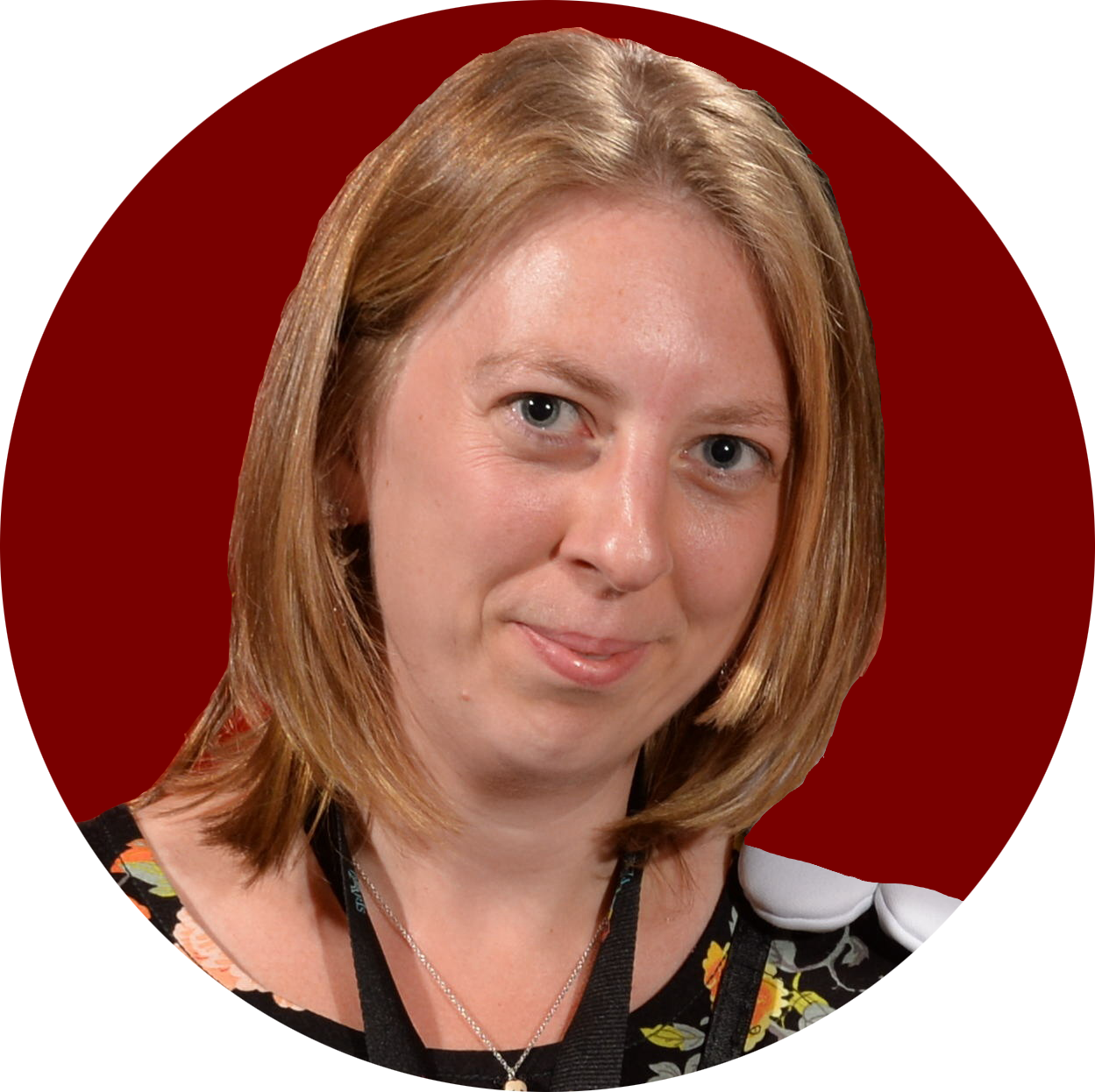
Jilly Schechter is a Tutor at Formula Botanica, where she helps our students to become better organic cosmetic formulators. Jilly lives in Belgium and loves writing tutorials on how to make skincare and haircare.


